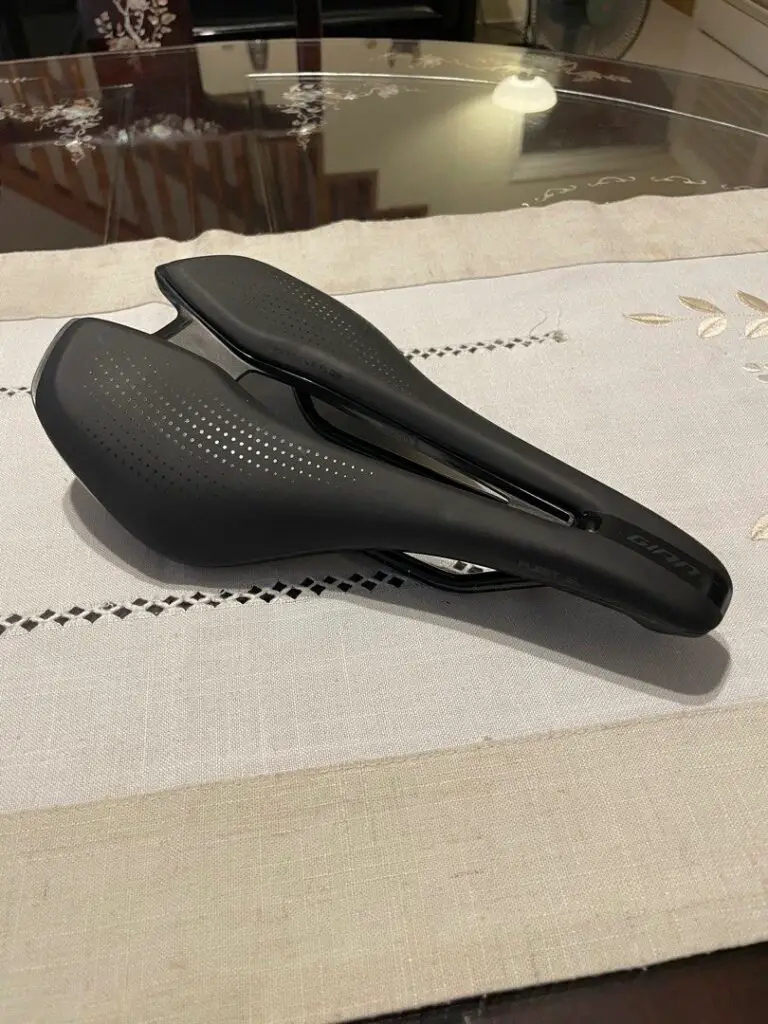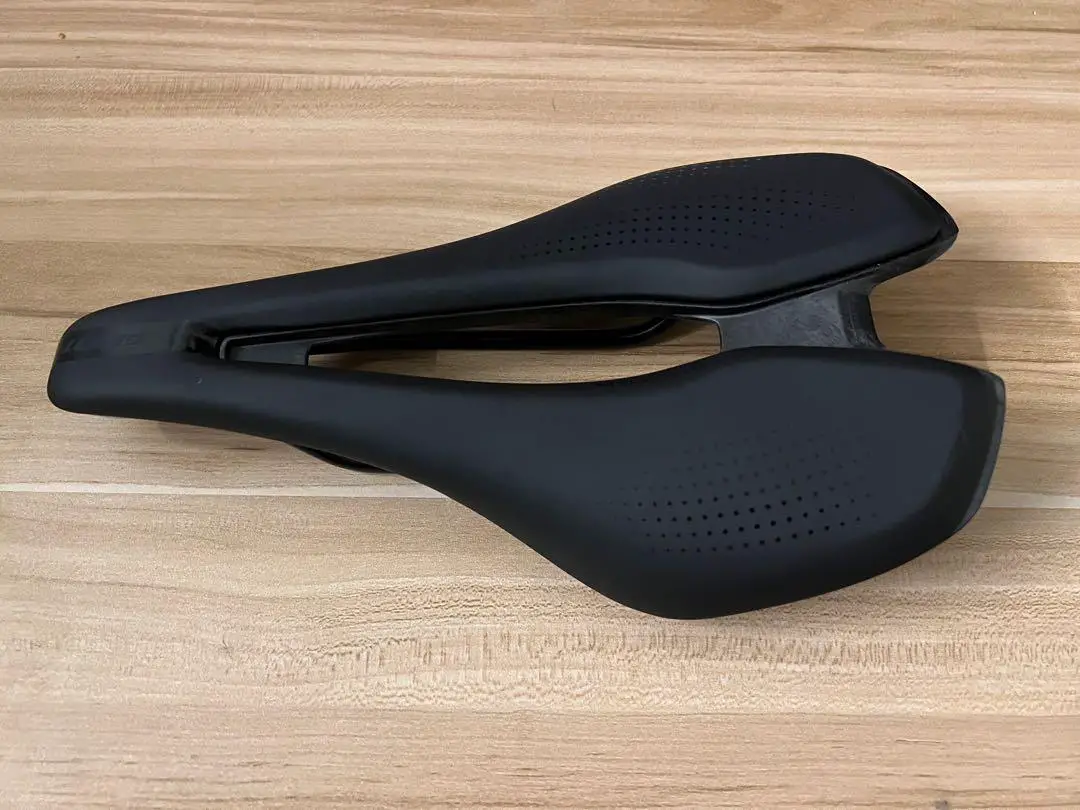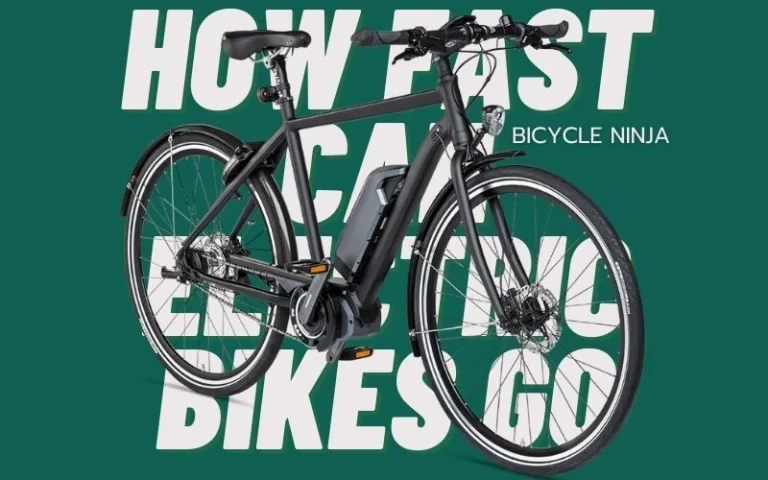Best Triathlon Saddle
Introduction
When it comes to triathlons, your saddle choice can make or break your race. Finding the best triathlon saddle for your bike is essential for comfort, performance, and ultimately, success. In this guide, we’ll explore the key factors to consider, top options, and real-life insights to help you make an informed decision.
Read More About: Best Triathlon Saddle
Understanding the Importance of a Proper Saddle
A triathlon saddle isn’t just a cushioned seat; it’s your connection to the bike. Choosing the right one can enhance your comfort during long rides and improve your overall performance. To excel in triathlons, you need a saddle that aligns with your body and riding style.
Key Factors to Consider
- Saddle Shape:The first step in finding the perfect saddle is considering its shape. Saddle shapes vary to accommodate different riding positions. For triathletes, a saddle designed with a split-nose or Eco-friendly shape can be a game-changer. These designs help you maintain an aerodynamic position while providing the necessary support.
- Padding: Striking the right balance between padding and support is crucial. While a plush saddle may seem comfortable, excessive padding can lead to discomfort and chafing during long rides. On the other hand, too little padding may result in discomfort. Look for a saddle with adequate cushioning to keep you comfortable without compromising your performance.
- Materials: The materials used in a saddle play a significant role in its durability and comfort. Saddles are commonly made from materials like leather, synthetic materials, or a combination of both. Each material has its pros and cons. Leather saddles offer breath-ability and can conform to your body over time, while synthetic materials are often more weather-resistant and require less maintenance.
- Width: The width of your saddle should match your sit bones. When your sit bones are well-supported, you’ll experience less pressure and discomfort during long rides. Many bike shops offer sit bone measurement services to help you find a saddle that fits perfectly.
- Nose Length: Triathlon-specific saddles often feature shorter noses to facilitate an aerodynamic riding position. However, the ideal nose length can vary depending on your flexibility and comfort preferences. Test different options to determine what works best for you.
- Weight: Weight-conscious triathletes should consider the saddle’s weight, as it contributes to the overall weight of your bike. Lighter saddles can help reduce your bike’s weight, potentially improving your speed and efficiency. However, keep in mind that comfort and fit should always be a priority over weight savings.

Top Picks for the Best Triathlon Saddles
Now that we’ve covered the essential factors to consider, let’s explore some of the top triathlon saddles that have gained popularity among triathletes:
ISM PN 3.0
Renowned for its innovative split-nose design, the ISM PN 3.0 is a favorite among triathletes. This saddle is specifically engineered to reduce pressure on sensitive areas while promoting blood flow. It’s ideal for those seeking a comfortable and aerodynamic riding position.
- Fizik Mistica: Trusted by professional riders, the Fizik Mistica offers exceptional support and comfort. Its extended saddle nose allows for multiple riding positions, making it suitable for triathlons. The Mistica’s carbon-reinforced nylon shell provides both flexibility and durability.
- Selle SMP T5: The Selle SMP T5 is known for its ergonomic shape, designed to reduce pressure on the personal area. Its unique “beak” shape enhances pelvic support while maintaining comfort during long rides. Additionally, the central channel promotes airflow and reduces pressure points.
- Specialized Stereo: Engineered with a triathlon-specific geometry, the Specialized Stereo aims to optimize your riding position for speed and comfort. Its wide nose provides stability, while the integrated storage solutions allow you to carry essential race-day items with ease.
- Pro-logo Nago Evo Tri40: The Pro-logo Nago Evo Tri 40 combines comfort and performance in a sleek design. With a wide nose and ample padding, it caters to triathletes looking for a comfortable saddle without sacrificing speed. The saddle’s anti-slip material ensures stability during aggressive riding.
Real-Life Insights
To provide you with a broader perspective on saddle choices, let’s hear from triathletes who have experienced these saddles firsthand:
- Sarah’s Story: After struggling with discomfort during long rides, I switched to the ISM PN 3.0. The split-nose design made a world of difference in my triathlons. No more numbness or chafing. I can focus on my performance without worrying about saddle discomfort.
- John’s Choice: I’ve tried various saddles over the years, but the Fizik Mistica truly stood out. Its support and flexibility allow me to maintain my aerodynamic position without sacrificing comfort. It’s a game-changer for anyone serious about triathlons.
Choosing the Right Saddle for You
Selecting the best triathlon saddle ultimately comes down to your body type, flexibility, and riding style. Keep in mind that what works for one athlete may not work for another. To ensure the perfect fit, consider the following steps
- Professional Bike Fitting: Visit a bike shop with experienced staff who can assess your body’s needs and recommend suitable saddle options. They can also measure your sit bone width to narrow down your choices.
- Test Rides: Whenever possible, test ride different saddles to see how they feel during real-world cycling. Some bike shops offer saddle demo programs, allowing you to try before you buy.
- Seek Expert Advice: Don’t hesitate to consult with seasoned triathletes or coaches who can provide valuable insights based on their experience.
Caring for Your Saddle
Once you’ve found the perfect triathlon saddle, it’s essential to maintain it properly to ensure longevity and consistent performance. Here are some care tips
- Regular Cleaning: Clean your saddle regularly with a mild soap and water solution. Avoid abrasive cleaners that may damage the saddle’s surface.
- Protection: Store your bike in a cool, dry place to prevent exposure to extreme temperatures and moisture. Consider using a saddle cover or bag when transporting your bike.
- Check for Wear: Periodically inspect your saddle for signs of wear, such as frayed edges, loose stitching, or cracks. Address any issues promptly to prevent further damage.
Conclusion
In the world of triathlons, every small adjustment can make a significant difference in your performance. Your choice of saddle is no exception. The best triathlon saddle for you is one that aligns with your unique needs and preferences, providing the support and comfort necessary to excel in your races. Take the time to explore different options, get expert advice, and consider real-life experiences from fellow triathletes. Remember, the right saddle can enhance your riding experience and help you achieve your personal best. Happy riding








2 Comments